Leg Pain, Aching, & Throbbing
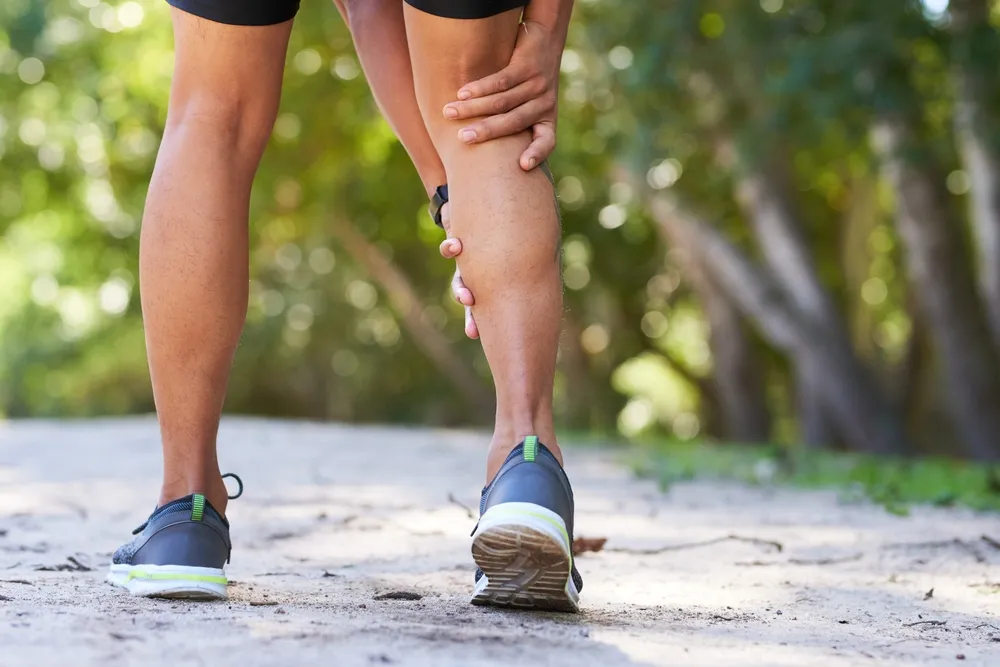
Especially after a long day on your feet, it’s easy to dismiss heavy, achy legs as normal fatigue. However, when the pain and throbbing persist throughout the day and interfere with your daily activities, you may be dealing with an underlying vein disorder. Left untreated, vein disorders will progressively worsen, further limiting you while often manifesting in the form of leg swelling, varicose veins or skin changes.
Dr. Louis G. Prevosti brings over 30 years of specialized cardiovascular experience to his Canton practice, where he focuses exclusively on diagnosing and treating venous disorders. Having transitioned from heart surgery to dedicate himself entirely to vein care, Dr. Prevosti understands the wide range of leg symptoms that can range from episodic discomfort to debilitating chronic leg pain or swelling. More importantly, he knows how to help you find relief by addressing the underlying cause of these troubling symptoms.
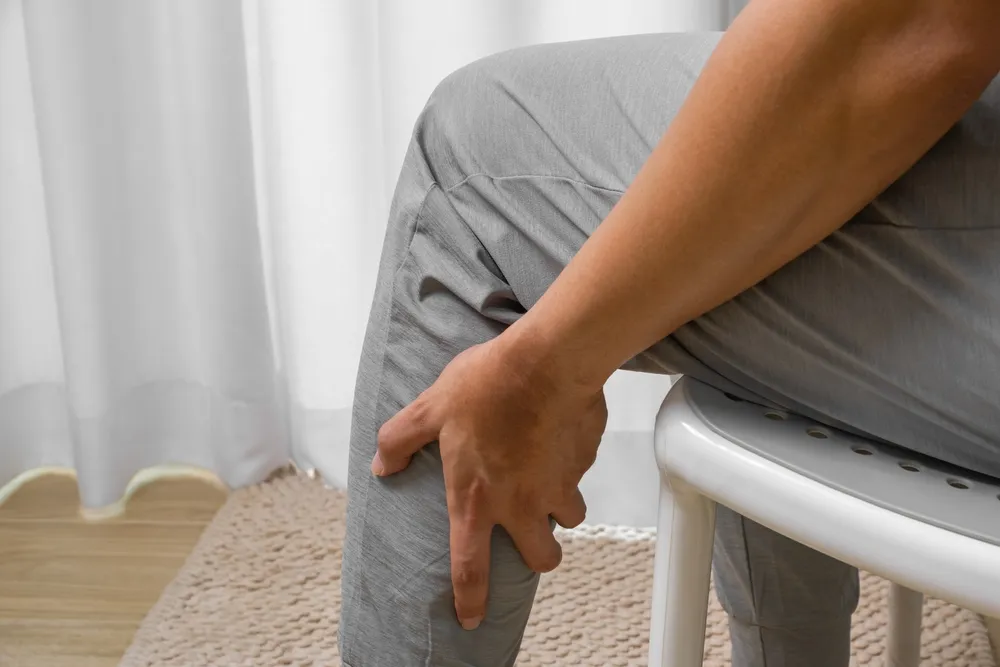
What Causes Leg Pain, Aching & Throbbing?
As mentioned, episodic leg tiredness that sometimes follows a long day of being on your feet does not necessarily indicate an underlying vein disorder. However, when the discomfort becomes more regular or additional symptoms develop, such as leg heaviness, leg swelling, or bulging veins, these are telltale signs of an underlying venous disorder. Venous insufficiency occurs when blood pools in the lower extremities as a result of malfunctioning or damaged valves in the veins. No longer able to prevent backflow, leg veins accumulate an excess amount of blood under increased pressure, causing pain, cramps, and other symptoms.
Dr. Prevosti's extensive experience allows him to identify the complex factors that contribute to venous insufficiency. Through precise diagnostic ultrasound performed right in his Canton office, he can evaluate how the following risk factors may be affecting your vein health:
- Family history
- Female gender
- Pregnancies
- Age
- Vocation and activity level
Other venous disorders, including varicose veins and deep vein thrombosis (the latter being rarer), can also produce leg aching and heaviness. In any of these cases, seeking treatment is essential for preventing a worsening of symptoms.
What Can I Do at Home to Help Aching, Throbbing Legs?
While home-based treatments and remedies cannot cure underlying venous disorders, Dr. Prevosti often recommends these strategies to his patients as they await treatment or between appointments. Understanding and correctly applying these simple strategies can significantly improve your comfort.
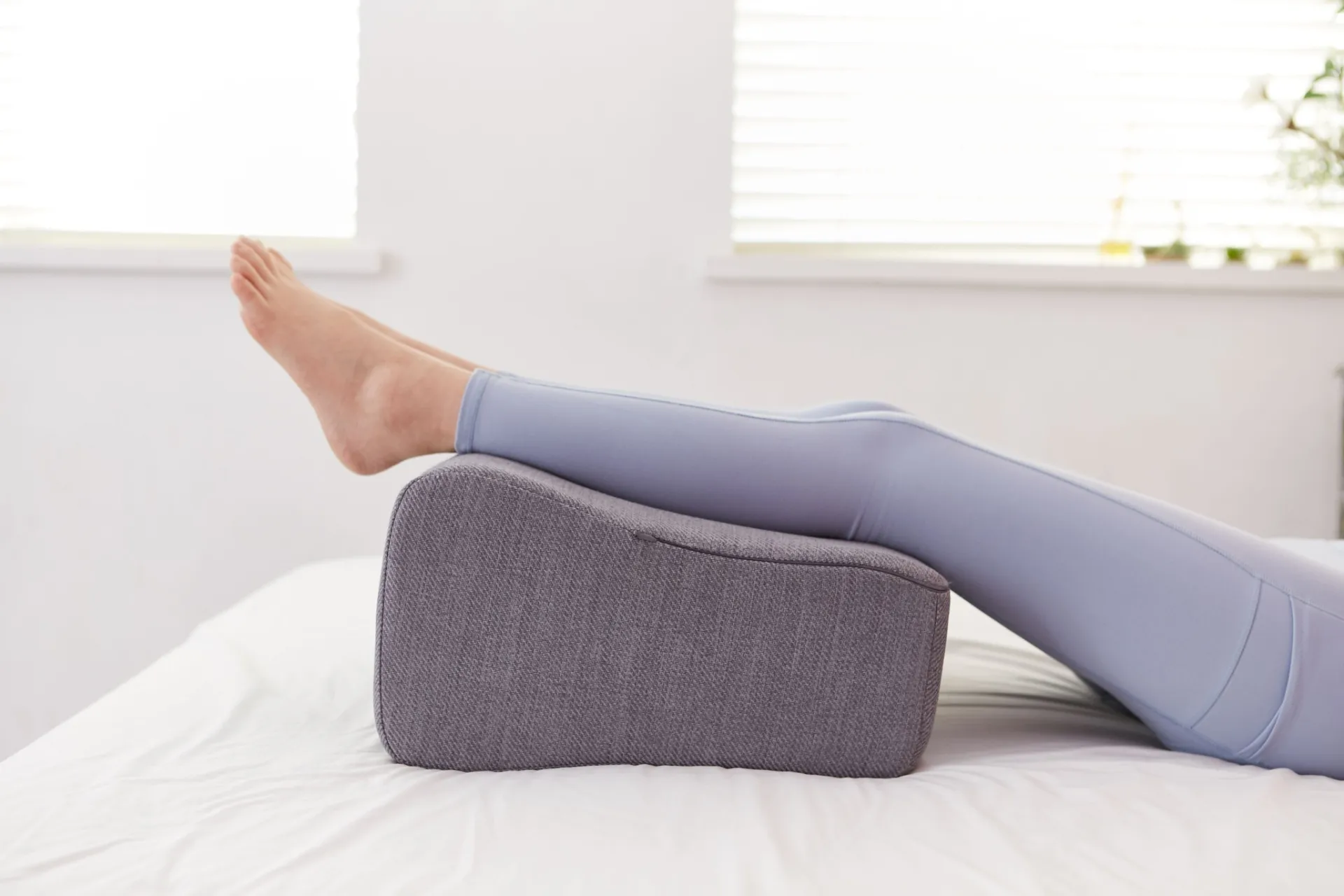
Elevate the legs
Elevating the legs is one of the most reliable and effective at-home treatments for venous insufficiency symptoms. When the legs are raised above the heart, they no longer have to work against gravity to circulate the blood and decrease venous pressure; due to their elevated position, they can now work with gravity to do so.
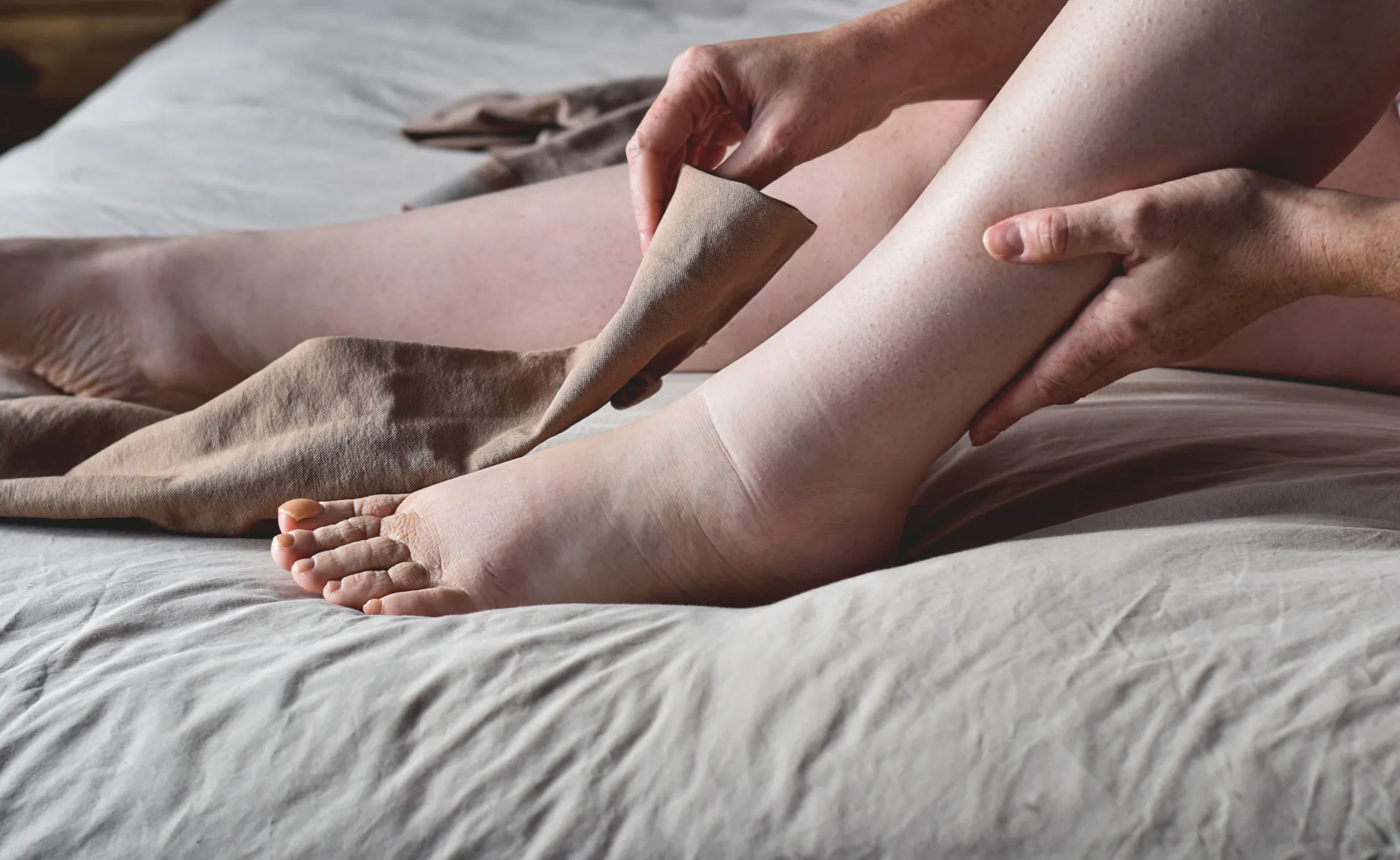
Apply Compression
Compression stockings help your veins do their job more efficiently. Like squeezing a tube of toothpaste, compression stockings help push the blood upward and overcome gravity. However, not all compression stockings are the same. Dr. Prevosti can recommend the appropriate strength for your condition.

Movement Breaks and Exercise
Consistent movement is essential for preventing blood pooling, as muscle activity applies compression to nearby veins like a pump. This effect is especially pronounced during exercise but can also be leveraged during the workday. If your job requires prolonged sitting, taking short walking breaks, performing calf raises, or even just standing up and marching in place can all help with circulation.
How Is Leg Pain, Aching & Throbbing Treated?
Dr. Prevosti offers a comprehensive range of treatment options tailored to address the root cause(s) of leg discomfort with a gentle, patient-centered approach.
- Radiofrequency ablation uses controlled heat energy to seal off the affected veins and reroute blood through healthier vessels.
- Ambulatory microphlebectomy removes varicose veins through tiny incisions.
- Ultrasound-guided foam sclerotherapy targets smaller veins with a specialized “sclerosing” solution that causes them to close and fade away over time.
These are just a few of the minimally invasive venous disorder treatment options offered at Prevosti Vein Center. For more information on your treatment options, contact us for a diagnostic ultrasound evaluation.
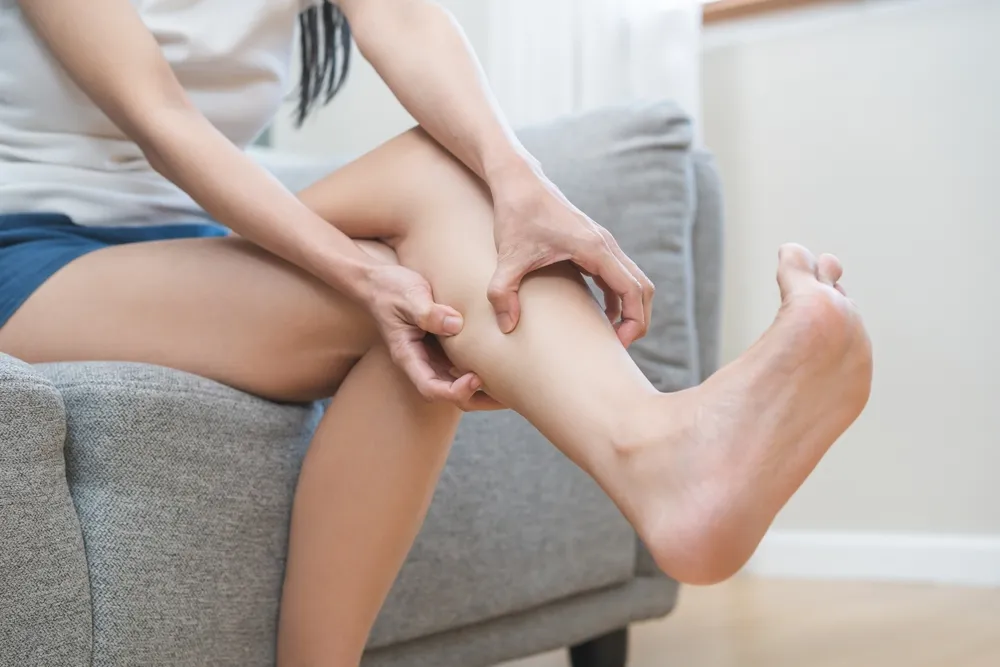
Experience Compassionate, Expert Vein Care at Prevosti Vein Center
You don’t have to settle for chronic leg pain any longer. Dr. Prevosti offers highly specialized and personalized vein care treatments that address the problem at the source.
Schedule your consultation today to discover how Dr. Prevosti's expertise, gentle approach and exclusive focus on vein care can restore your comfort and quality of life.